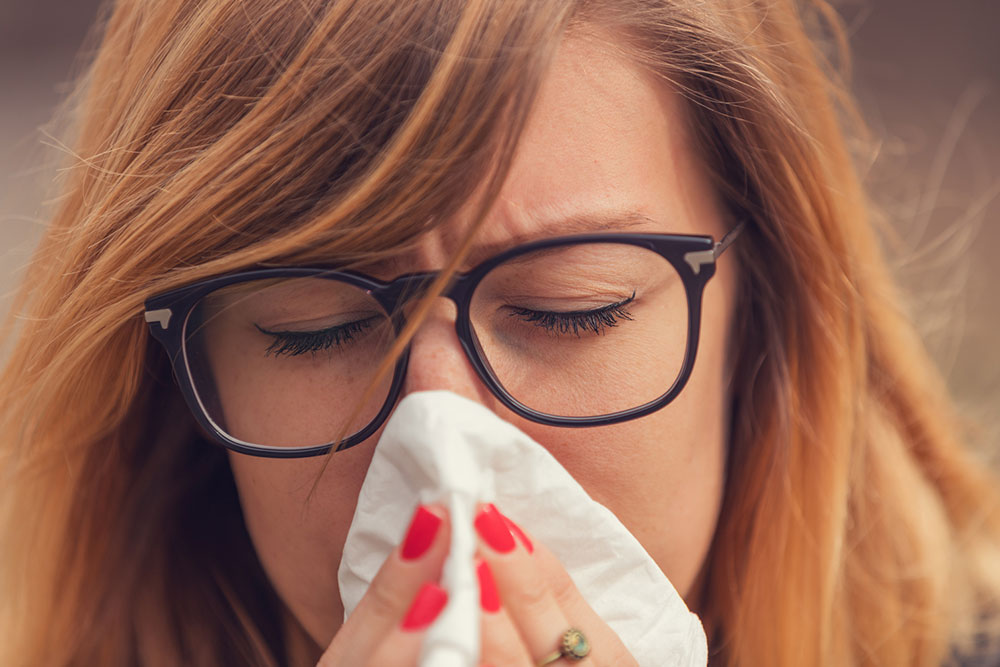Comprehensive Review of Seasonal Allergy Symptoms and Triggers
This detailed guide explores the symptoms and triggers of seasonal allergies, highlighting common causes across different seasons. It offers practical tips for allergy management month by month and emphasizes the importance of monitoring pollen and allergen levels. Understanding these factors can help sufferers prepare and reduce allergy impacts. The article is useful for individuals seeking to navigate seasonal allergy challenges effectively, using timely information for better health outcomes throughout the year.

Understanding Seasonal Allergies: Symptoms and Causes
Seasonal allergies, commonly called hay fever, happen when your immune system overreacts to harmless substances like pollen, mistaking them for threats. This triggers the release of antibodies, leading to allergy symptoms. When these reactions occur throughout the year, they are classified as seasonal allergies. A typical allergen is pollen, which causes hay fever in about 8% of Americans.
Common Symptoms
Sneezing
Runny nose
Itchy, watery eyes
Itchy throat and sinuses
Ear congestion
Postnasal drip
Headache
Difficulty breathing
Wheezing
Coughing
Asthma symptoms
Seasonal Causes
Spring - Primarily caused by birch trees, along with cedar, alder, horse chestnut, willow, and poplar.
Summer - Peak hay fever season, mainly from grasses like ryegrass and Timothy grass, as well as weeds.
Fall - Ragweed is the main culprit, along with nettles, mugworts, sorrels, and plantains.
Winter - Fewer outdoor allergens as plants go dormant, but indoor allergens such as mold, pet dander, dust mites, and cockroaches can cause reactions.
Monthly Allergy Tips
Understanding allergen patterns by month helps manage symptoms effectively. For instance, during January, reducing dust exposure by using mite-proof covers and HEPA-filtered vacuums is advisable. In February, tree pollen from species like elm and hickory may start to rise. March shows peak pollen levels, so monitoring pollen counts is recommended. April and May bring flower and grass allergens, while June and July peak with grass pollens. Mold spores increase from August to October, and ragweed re-emerges in September. December often sees Christmas tree-related allergies. Staying informed and prepared can improve your quality of life during allergy seasons.










